MEXT Grant-in-Aid for Scientific Research on Innovative Areas (Research in a proposed research area) 2018-2022
Based on philological and archeological data, A02 analyzes urban landscape and the transformation and diversity of social functions in the wide spread of the periods between the 3rd millennium BC to the AD 3rd century in Mesopotamia and Egypt. Archeological excavations related to urbanization in Mesopotamia and Egypt are conducted.
Centralized around Mesopotamia and its surrounding regions between the 3rd millennium BC to the AD 3rd century (the Parthian period), the urban landscape and the political, social and cultural functions of ancient West Asian cities are studied through both historical documents and archeological records. Their various aspects of transformation and diversity are diachronically and synchronically elucidated. The archaeo-geographic data of the cities and their surrounding observed through the analysis of satellite images and fieldwork are compared with terminology found in historical documents (e.g., city walls, city gates, city blocks, cultivated land, ponds, livestock, pasture) in order to understand ancient urban landscape. Mainly based on analyses of cuneiform tablets, the urban industry and economy of each period are clarified through observing politics and administration by royal authorities, temples and bourgeoisie, as well as urban social structure, occupations (e.g. agriculture, animal husbandry, and handicraft), trade, commerce, real estate, foodstuffs, silver, the lending and buying of labor resources, taxation, and tributes. Also, the role of cities which enabled the formation and passing down of learning and comprehension is examined through documents that had been passed down as the tradition of knowledge (e.g., religious texts, scientific documents, mythologies, literary works, historical documents, dictionaries), which were gathered and preserved in the main cities of Mesopotamia. For the archaeological survey, city sites of the Bronze and Iron Age of Mesopotamia and its surrounding region are investigated, and archaeological data is used to restore the local urban landscape of these regions, where local cities played a certain role in the administration of the Middle- and Neo-Assyrian Empire.
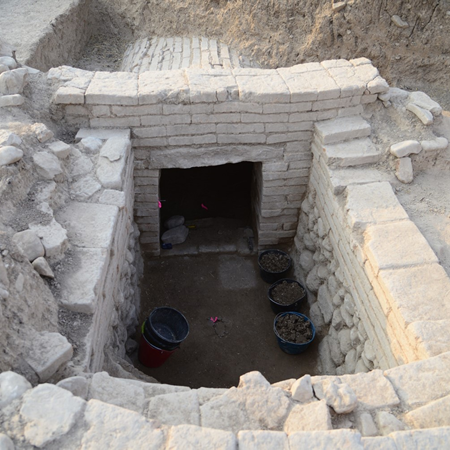
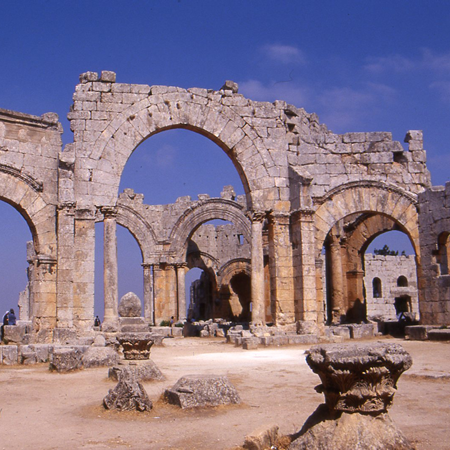
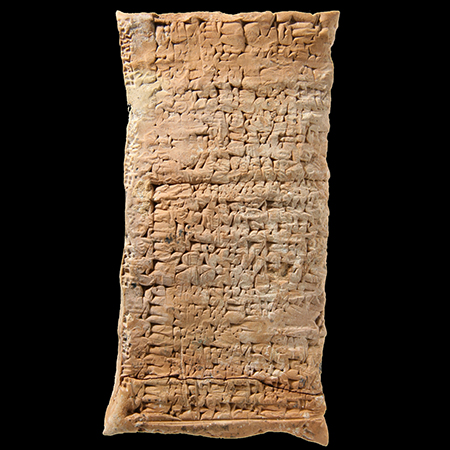
Ancient Egyptian civilization has been called “a civilization without cities”, but certain aspects of ancient Egyptian villages and cities are becoming clearer due to developments in recent archaeological excavations. Traditional Egyptology had placed emphasis on studying cemeteries, temples and cultic installations, but now the importance of understanding the macro context based on their relations with its villages and cities is being realized. Recently, analyses of satellite images and geological research have developed, and character of cities and their geographical distributions in ancient Egypt are becoming clearer. In light of the development of such research, this study investigates urban landscapes and structures across prehistoric Egypt in the 4th millennium BC to the Late Antiquity, through both historical and archaeological documents with the aim to elucidate diachronically and synchronically the emergence and transformation of these urban landscapes and structures. To reconstruct the ancient urban landscapes and networks between cities, satellite images, geophysical data, archeological and geographical data are analyzed and compared to historical documents on the distribution of cities as well as other urban elements. Also, as the roles of temples and royal palaces are extremely important in ancient Egypt, archaeological evidence as well as textual evidence are utilized to elucidate on the urban structures based on festivals related to the temples and royal palaces in central cities such as Thebes and Memphis, as well as their relation to the formation and development of cemeteries. Also, for urban structure, urban planning in ancient Egypt is analyzed in detail from the perspective of architectural history. The results of these analyses are reflected in reconstructing the urban landscape, including its diachronic urban formation and development. In addition, for the periods between Hellenistic and Late Antiquity, the new phase of urban transformation in Egypt are clarified, including not only cities in the Nile Valley but also its relationship with the Mediterranean—a connecting point between Egypt and the Roman and Greek worlds.
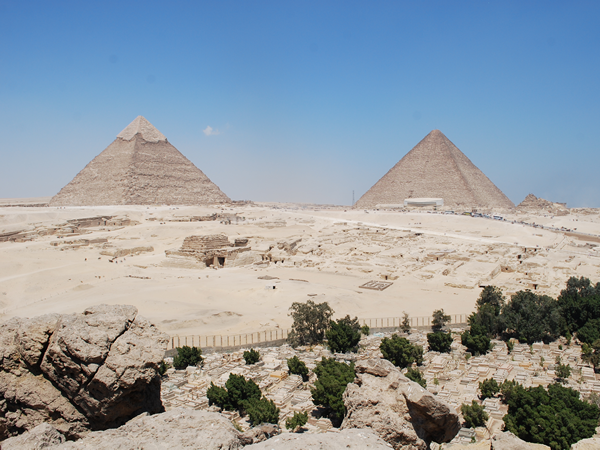
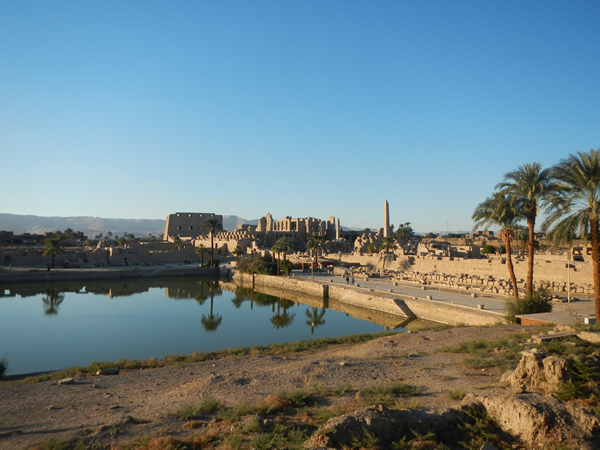
Copyright © 2018 The Essence of Urban Civilization: An Interdisciplinary Study of the Origin and Transformation of Ancient West Asian Cities.